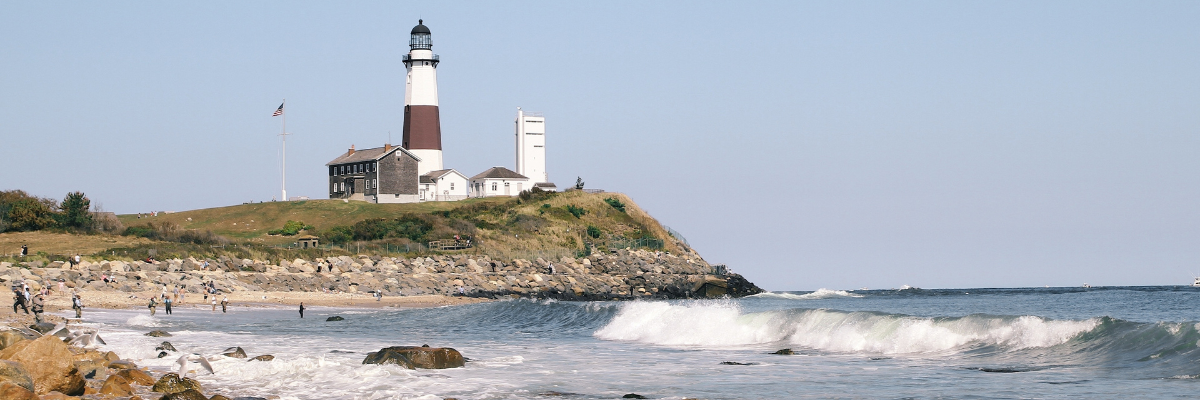Overview
Commercial fisheries in New England and the Mid-Atlantic have storied histories, which have been forced to come to terms with the realities of overfishing and stock collapse in the past century (Fogarty et al., 1998). Interestingly, the collapse of traditional groundfish and pelagic fisheries has coincided with a surge in the value of invertebrates, to the extent that the system is grossing the highest revenue since at least the 1970’s. Although only a proxy for economic value, this unintuitive revenue result highlights the complexity of the social-ecological system being managed. Further, fisheries are becoming ever more reliant on a small number of species, which can lead to system vulnerability when faced with shocks, and domestic seafood production has seen a long term decline, with substantial landings exported internationally.
Gulf of Maine
American lobster (an invertebrate) accounted for between 70 - 80% of all revenue and 37-47% of all pounds landed within the Gulf of Maine between 2012 - 2016. Both pounds and revenue generated has shown significant positive trends for Lobster. At 25-37%, Atlantic Herring constitutes a similar percentage of total pounds landed as Lobster, but less than five percent of the total revenue. The bulk of the remaining landings, both pounds and value, are generated from the groundfish fishery, broadly defined to include the Northeast Multispecies complex, monkfish, red and offshore hake, and Atlantic halibut and other flatfish.
Georges Bank
Between 2012 - 2016 invertebrates generated the highest revenue on Georges Bank, at $183 - 390 million. Atlantic scallop generates the bulk of this revenue, between 46 - 73% of total revenue, with the high variability due primarily to the rotational management strategy used for this species. Surf clam and lobster generate the majority of the remaining invertebrate revenue, respectively between 5 - 13% and 2 - 6% of all revenue from Georges Bank. At between 17 - 35%, groundfish round out the bulk of the remaining revenue, although this is down substantially from historic levels. Forage fish, primarily Atlantic Herring, generate between 30 - 50% of all pounds landed, but comprise only 4 - 7% of revenue between 2012 - 2016.
Mid-Atlantic Bight
Fished invertebrates also dominate the Mid-Atlantic revenue, generating 43 - 55% of total revenue ($220 - $400 million) between 2012 - 2016, down around $150 million from the previous five year average. Atlantic scallops generate 33 - 47% of all revenue, while surf clams and ocean quahogs representing the bulk of the remaining invertebrate revenue at 4 - 6% of total revenue. Forage fish represent 21 - 28% of all pounds landed, but 5 - 8% of total revenue. Groundfish represents 5 - 8% of both pounds and revenue landed.
